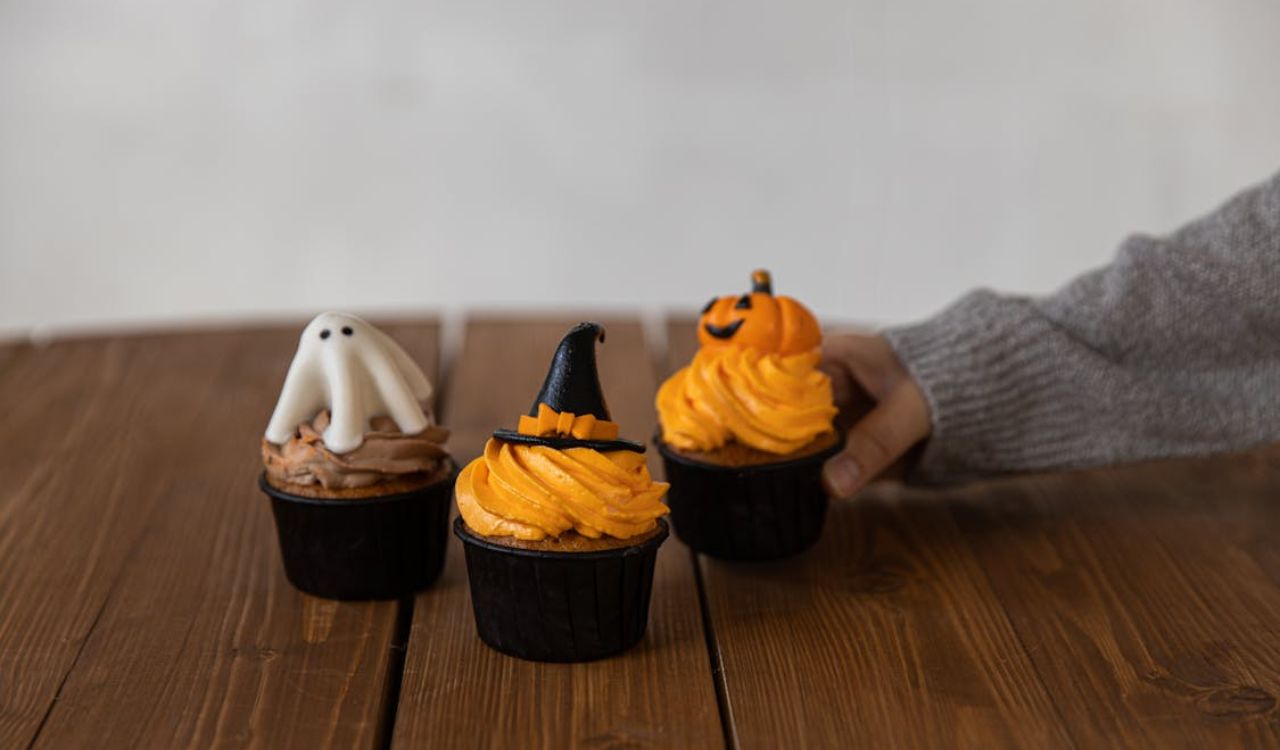8 Forgotten Candy Brands That Defined a Generation
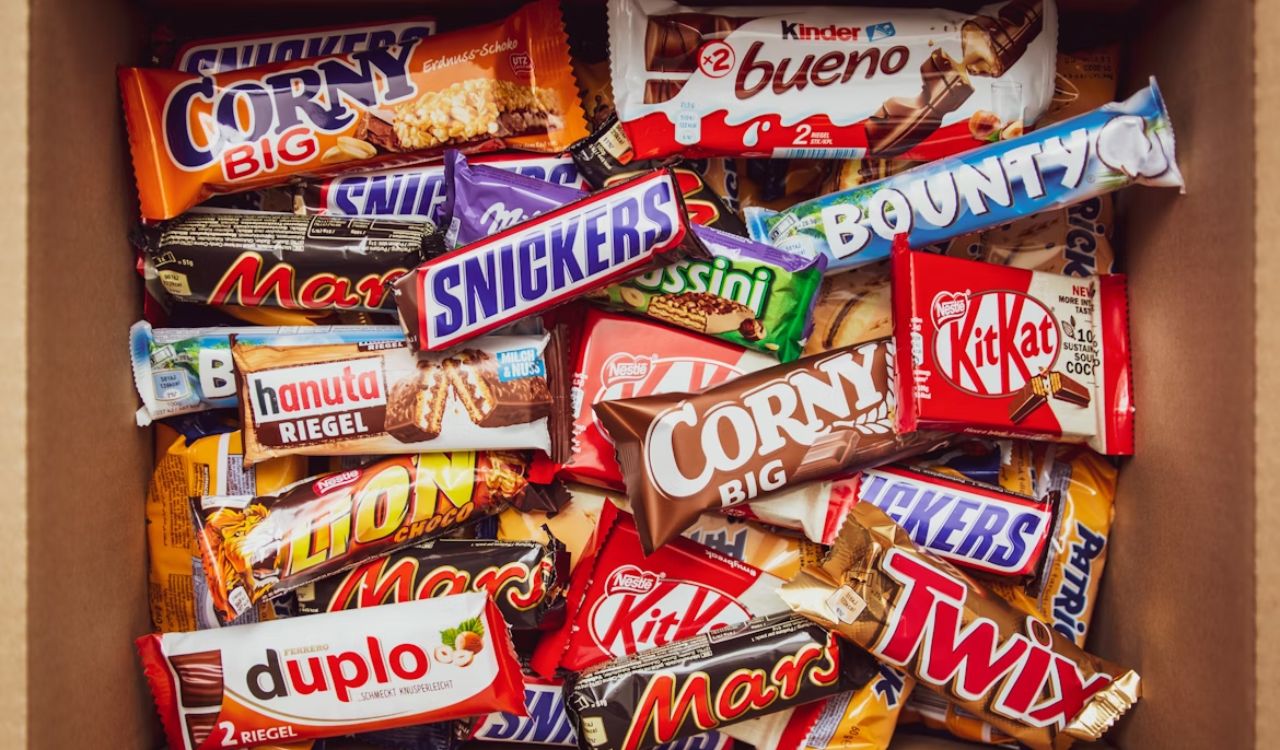
Nostalgic candy holds a special place in memory, especially for generations who grew up before today’s wide variety of sweets. Some of these once beloved treats disappeared due to corporate mergers, changing tastes, or production challenges. Although these candies were once common in lunchboxes, movie theaters, or corner stores, they gradually faded from shelves and became rare finds remembered mostly through childhood stories. Today, they live on in nostalgia forums and collectors’ groups, where old wrappers and advertisements are shared like treasured artifacts. These eight forgotten candy brands left a strong mark on their eras, and all have image files available on Wikimedia Commons.
1. Butterfinger BB’s
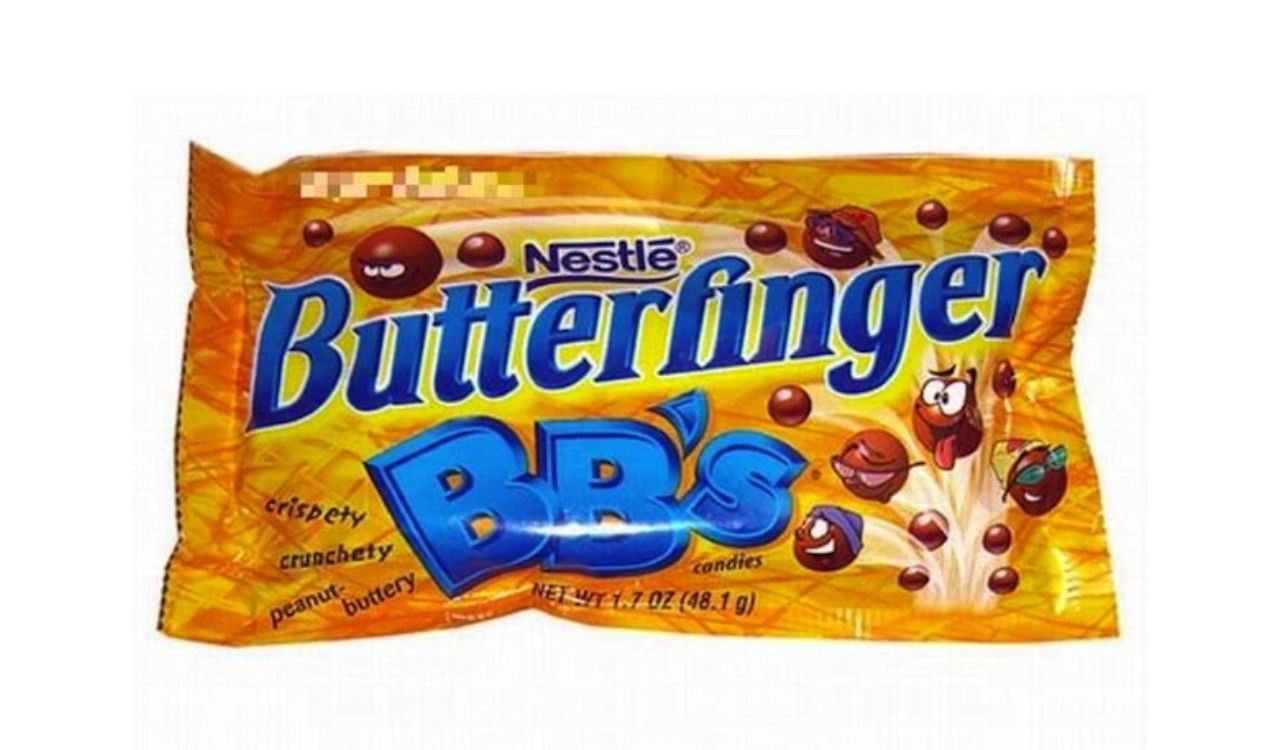
Butterfinger BBs were launched in 1992 as a playful variation of the classic Butterfinger bar. Their bite-sized shape made them perfect for sharing, and marketing partnerships with The Simpsons boosted their popularity. Although they maintained a strong following through the 1990s, they were discontinued in 2006. Fans still campaign for their return, and the candy remains widely discussed in nostalgic communities. Butterfinger as a brand still appears on store shelves, but these smaller chocolate-coated pieces hold a distinct place in candy history.
2. Bonkers Candy
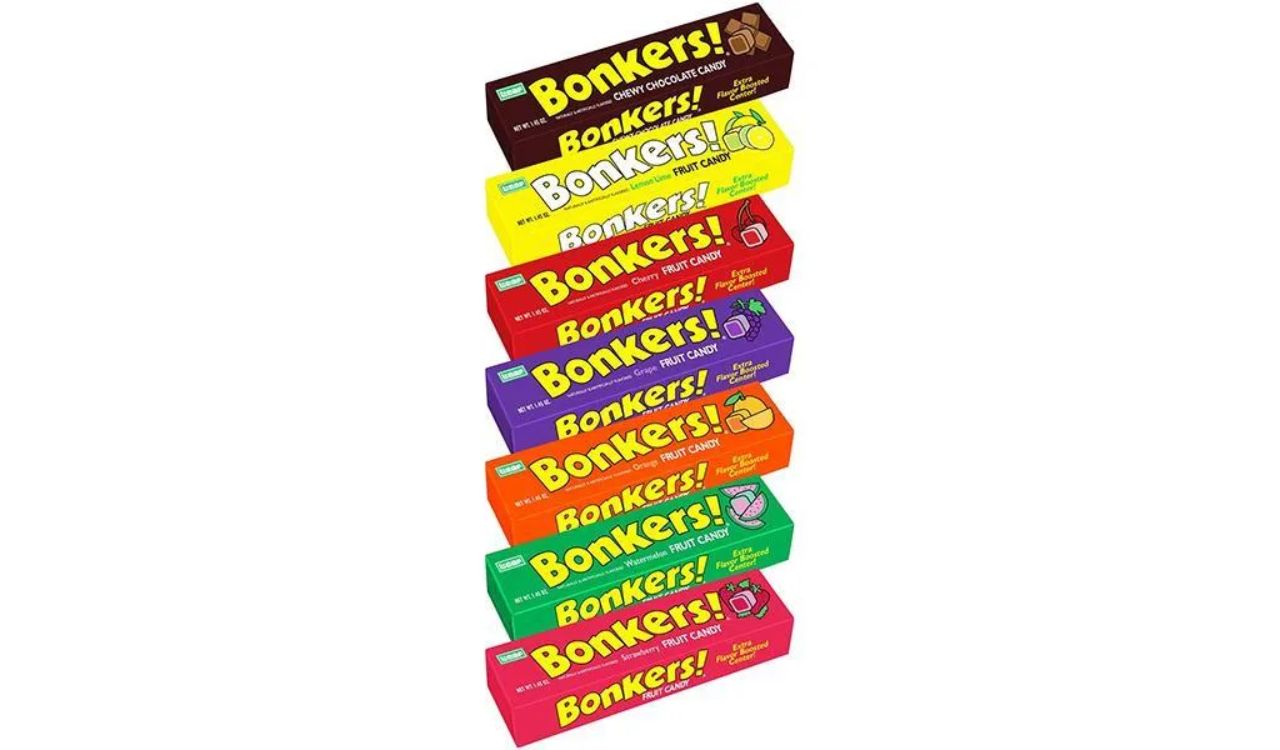
Bonkers candy debuted in the mid-1980s and quickly became memorable for both its chewy fruit flavor and its outrageous commercials that featured giant pieces of fruit falling from the sky. The candy consisted of a soft outer layer with a concentrated fruity filling, creating a texture that stood out from other fruit chews. Despite early popularity, Bonkers faded from stores during the 1990s. Attempts to revive the brand in the 2010s had limited success. Today, the candy is remembered for its lively marketing and its association with 1980s snack culture.
3. Candy Raisins
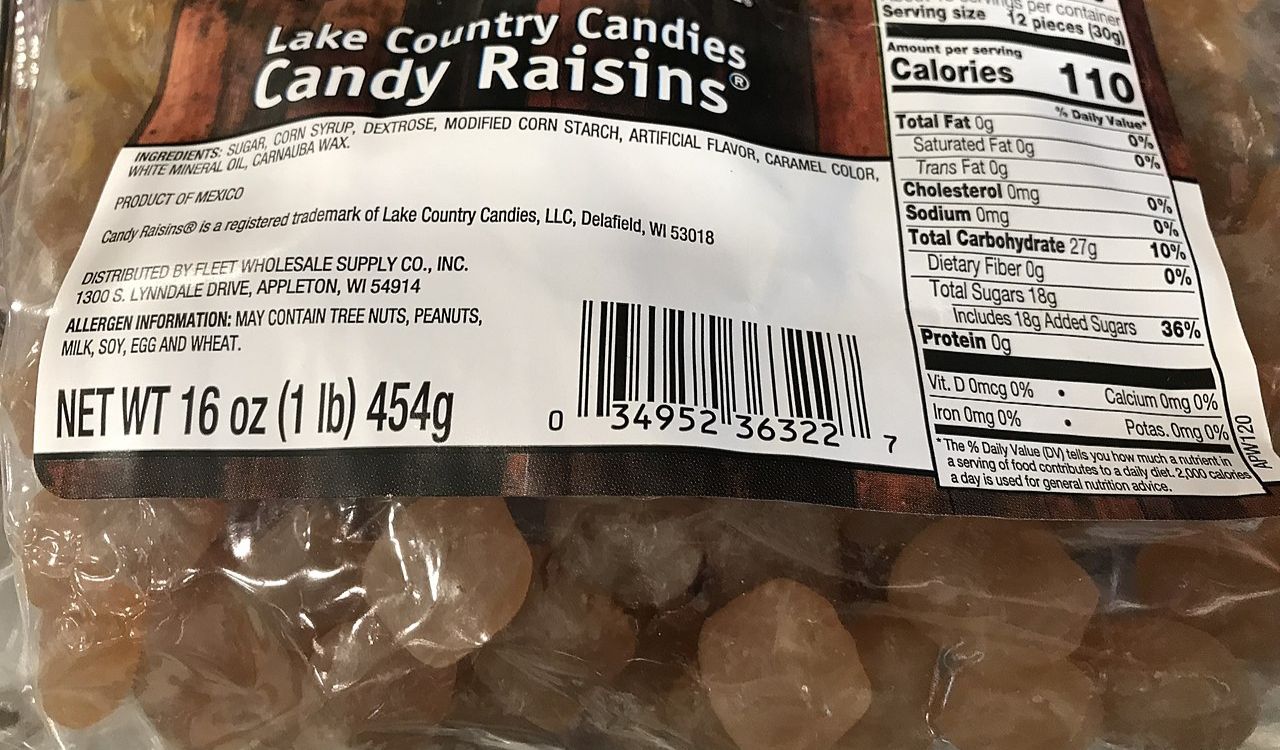
Candy Raisins were a Milwaukee favorite beginning in the 1930s. Despite the name, they did not contain raisins but instead featured a soft, lightly spiced jujube texture with a floral and honey-like flavor that divided candy fans. Production ended in 2008, revived briefly in 2014, and ended again in 2023. While their reach was regional, the candy became deeply associated with Wisconsin childhood memories. Collectors still trade original boxes and wrappers, and their distinct taste has earned them a permanent place in discussions of unique vintage treats.
4. Cherry Blossom Candy
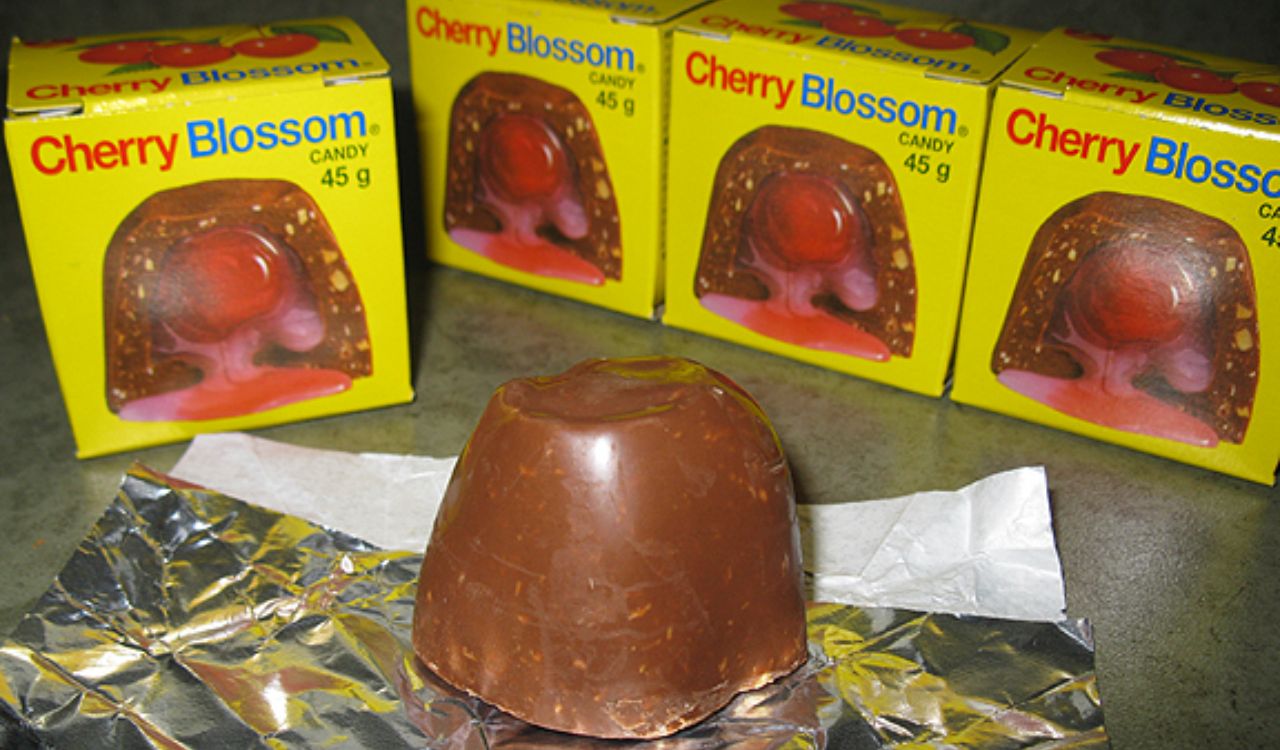
Cherry Blossom candy, produced by Hershey Canada, dates back to the 1890s when the Lowney Company first introduced it. Each piece featured a maraschino cherry surrounded by sweet syrup and encased in a chocolate mixture blended with peanuts and coconut. Its flavor and texture made it a recognizable Canadian treat for generations. In 2025, Hershey Canada officially discontinued the product, marking the end of its long run. Although its distribution was largely regional, its nostalgia extends across borders thanks to decades of devoted fans and its unique combination of ingredients.
5. NECCO Wafers

NECCO Wafers were introduced in 1847 by the New England Confectionery Company, making them one of the oldest mass-produced American candies. The pastel colored wafers offered distinct flavors that divided candy lovers for generations. Although production stopped in 2018 after the company declared bankruptcy, the brand was later revived under new ownership. Even with the revival, earlier versions remain strongly nostalgic, especially for those who remember receiving them on holidays or at summer camp. Their long history and brief disappearance gave them an honorary “forgotten candy” status among collectors.
6. Zagnut

Zagnut is a peanut butter and toasted coconut bar first introduced in 1930 by the D. L. Clark Company. Although it has survived through various ownership changes, its presence in stores has become increasingly rare. Many younger candy fans have never encountered it, which makes it feel like a forgotten artifact from earlier generations. Its unique combination of flavors, especially the absence of chocolate, helped it stand out from other bars. Today, Zagnut still appears occasionally in specialty shops and retro candy stores, but many regard it as a vintage treat from a past era.
7. Marathon Bar
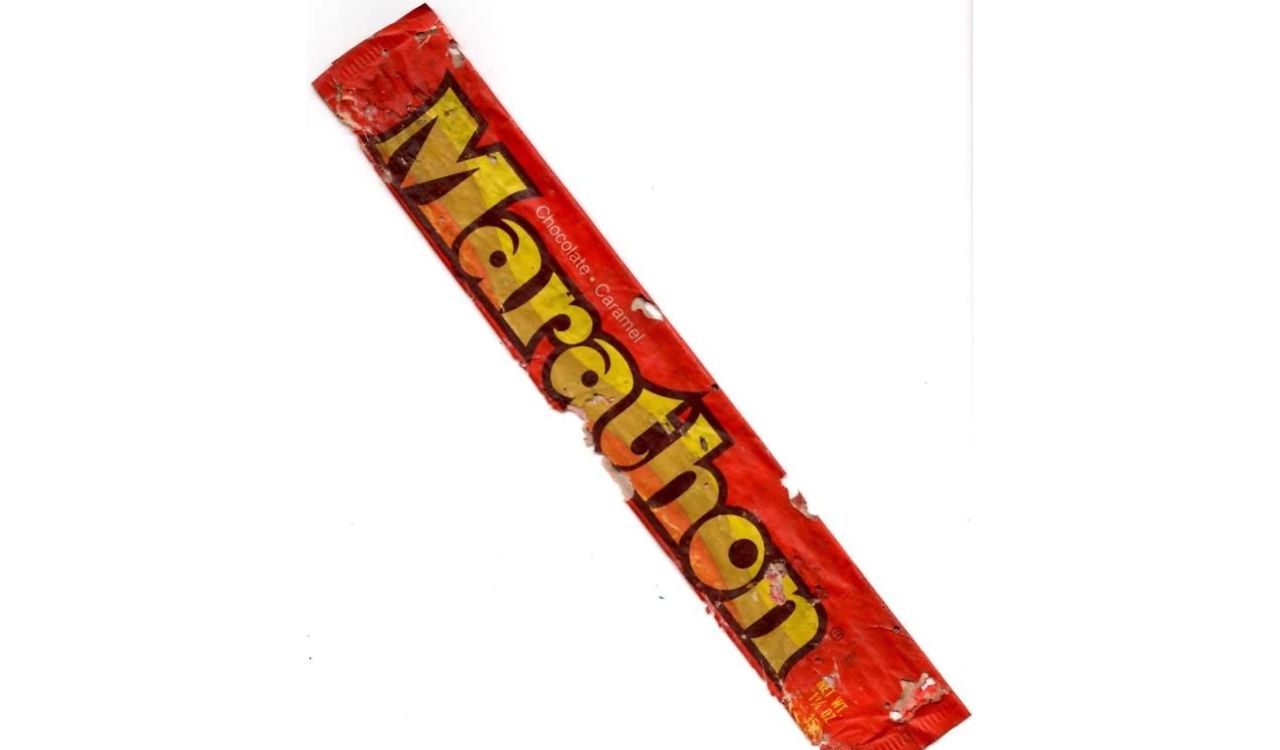
The Marathon Bar was launched by Mars in the 1970s and became recognizable for its braided caramel shape covered in chocolate. It was notably marketed as a candy bar that lasted a long time, which matched its elongated packaging. Despite its popularity, it was discontinued in 1981 in the United States. The U.K. saw a similar product, Curly Wurly, continue, but the original Marathon Bar remains a purely nostalgic memory for American candy lovers. Vintage wrappers and advertisements remain popular collectibles associated with this once iconic treat.
8. Oompas (Willy Wonka Brand)
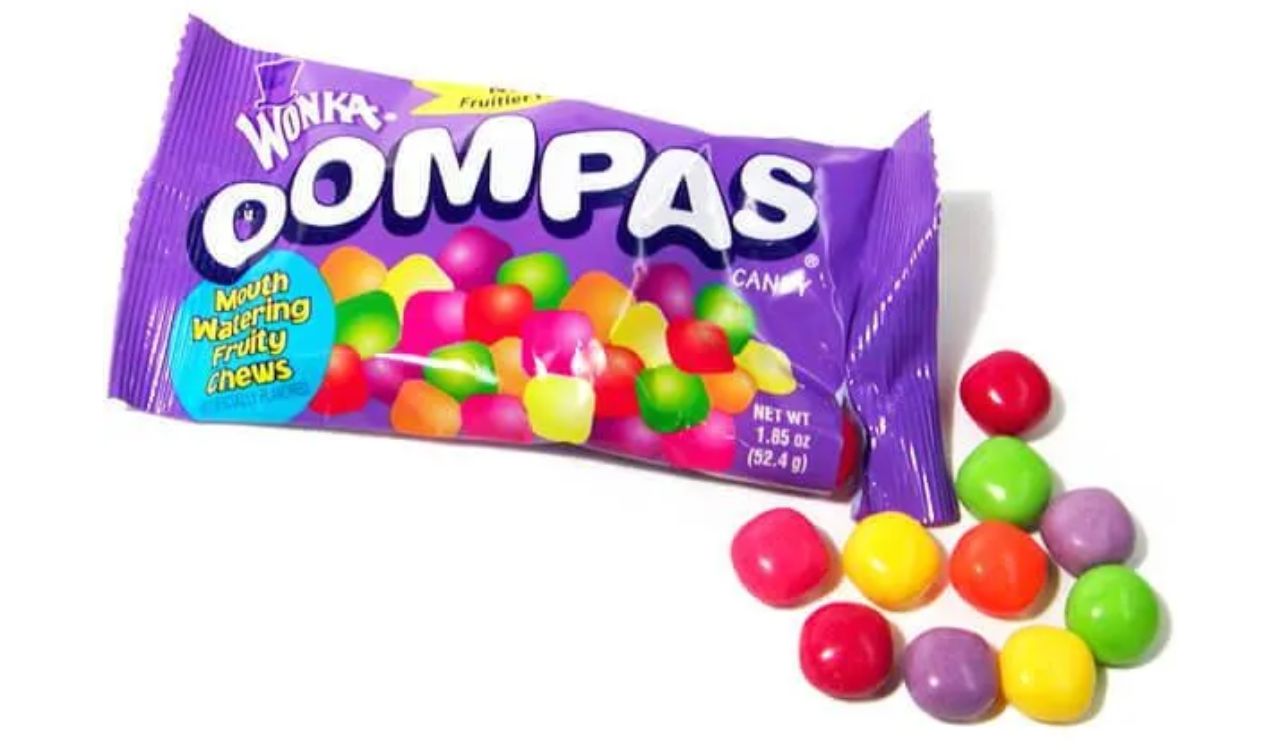
Oompas were introduced in 1971 as part of the Willy Wonka candy line. The original version featured chocolate and peanut butter-filled disks, inspired by the imaginative world of Charlie and the Chocolate Factory. The candy disappeared in the early 1980s, though a fruit-flavored reboot appeared in the 2000s before fading as well. Oompas remain a memorable part of the Wonka brand’s early candy lineup and are often mentioned in discussions about discontinued sweets. Their association with the beloved story and their short availability add to their collectibility.


